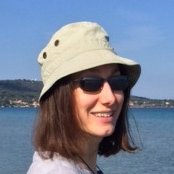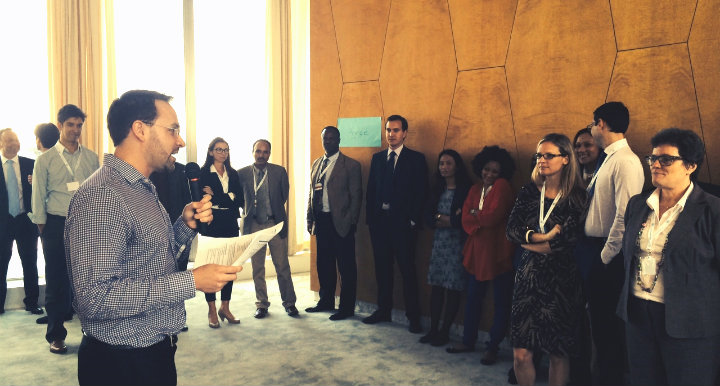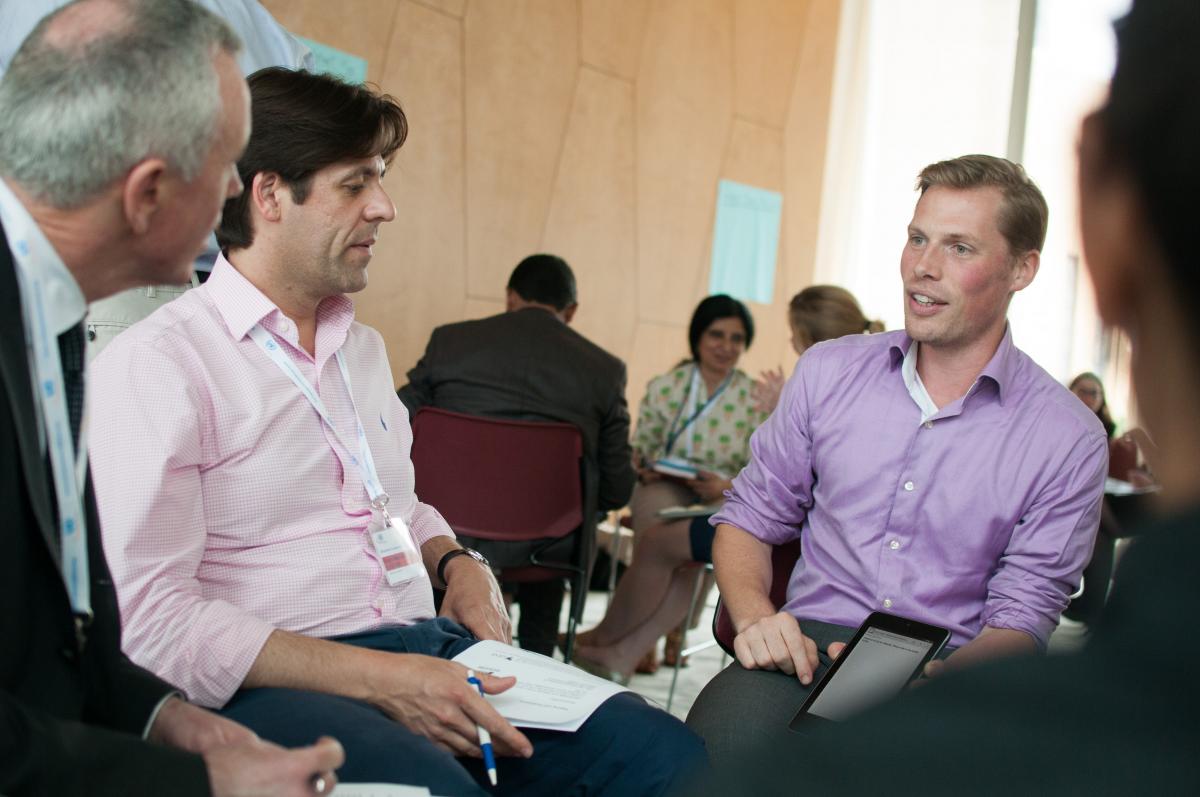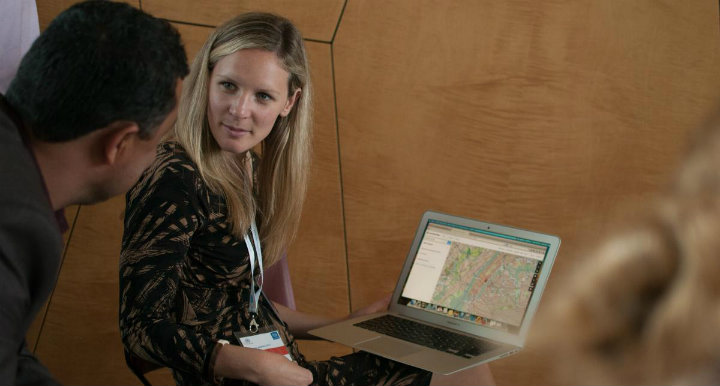By: Samantha Remeika, TechChange Vice President for Customer Success and Delivery
Right now, the 24th annual United Nations Climate Change Conference is taking place in Baku, Azerbaijan. This global multilateral decision-making forum on climate change brings together nearly every country in the world. One of the key priorities of this year’s COP is securing a new goal on climate finance, to ensure that every country has the resources to take strong climate action for a more sustainable future.
TechChange recently had the pleasure of supporting another event where climate finance had top billing: the Europe and Central Asia Regional Platform for Disaster Risk Reduction, the main intergovernmental platform for addressing regional disaster risk challenges for the 55 countries of Europe and Central Asia.
The Regional Platform was hosted by the Government of Montenegro on 6-8 November, 2024, in collaboration with the United Nations Office for Disaster Risk Reduction, and with the support of UNDP, the European Commission, and the Council of Europe. This dynamic event presented a unique opportunity to address regional challenges such as critical infrastructure issues, early warning systems, and multiple crises compounded by conflict. Stakeholders from local mayors, NGO leaders, and industry experts were brought together in Montenegro and online via this hybrid event to share learnings and build solutions. 331 people registered, benefiting from nearly 20 hours of content in English, Russian and Montenegrin languages.
Climate Emergency and Resilience Finance
On the first day of the convening, one innovative session examined the importance of resilience finance in building climate-resilient infrastructure, enhancing disaster preparedness and response capabilities, and supporting vulnerable communities to adapt to climate change impacts. In “Climate Emergency and Resilience Finance,” a panel of experts and local governmental leaders from six different countries shared their perspectives and experiences in harnessing climate finance tactics to supercharge local and regional initiatives.
One of the speakers, Natalia Alieksieieva, Representative of the Executive Committee of Lviv, Ukraine, talked about how the ongoing war in her country made disaster much closer to everyday people’s lives, and how city to city initiatives and finance initiatives helped to build resilience even in the most difficult circumstances. Another speaker, Susana Sousa Gonçalves, the Director of the Civil Protection Department, in the Municipality of Matosinhos of Portugal, shared about how their group of cities strategized how to share funding and resources such as green bonds and insurance policies to reduce disaster risk. She continued: “We develop solutions locally, and then share them nationally, and regionally.
Work like this is essential in tandem with the top-down measures that will originate at COP, in pursuit of the objectives from the Paris Agreement on Climate Change.
This session provided a primer on Disaster Risk Financing and how governments and municipalities can be fiscally ready for the disaster up front, using various financial instruments and mechanisms. From sharing tools to outlining the various uses of multi-faceted capital campaigns, attendees of the Regional Platform were given the opportunity to learn about approaches that might work in their local areas, and network with other do-ers who could share their experiences making things happen. As Senior Disaster Resilience consultant Sandra Nedeljkovic said, “since we are connected as a region, a lot of us share the same risks, so it would be good to partner on instruments to face problems together.”
In 2025, TechChange plans to support a variety of hybrid events through the United Nations Disaster Risk Reduction Office, and contribute to this vital issue by convening and connecting committed professionals in forums such as these. We look forward to enabling a wide swath of implementers, governmental leaders, and NGO stakeholders to contribute to the global goals that will come out of COP 2024.





